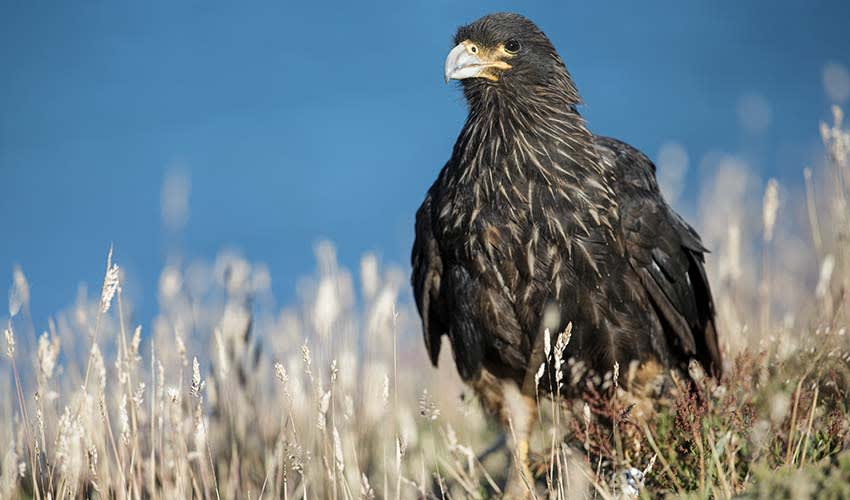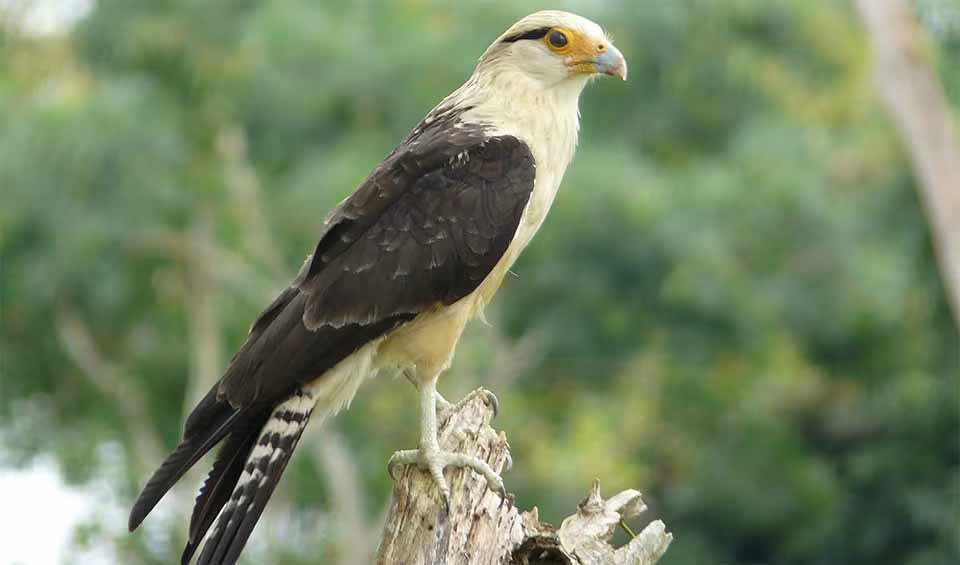Daptrius
The uncrowned kings of the swamps
Daptrius is not as widely recognized as the larger caracaras like the Southern Caracara (Caracara plancus) or the Northern Caracara (Caracara cheriway), but they are an integral part of the bird of prey family. Caracaras belong to the Falconidae family and are closely related to the falcons, but they differ in their behavior and ecology. While most falcons are swift and aerial hunters, caracaras are more versatile and adaptable, often seen walking on the ground in a manner more reminiscent of crows or ravens.
Caracaras typically inhabit a variety of open and semi-open landscapes across Central and South America. These birds are resourceful feeders and display a wide array of feeding behaviors. They are primarily scavengers, taking advantage of carrion, which makes them important ecological players in clearing carcasses and controlling disease spread. However, their diet is diverse and opportunistic, including predation on insects, reptiles, birds, and small mammals. They are also known to harass other birds to steal their prey, a behavior known as kleptoparasitism.
One of the more controversial aspects of their feeding habits is their interaction with livestock. Caracaras will sometimes land on the backs of cattle or tapirs to feed on ticks, which can be beneficial to these animals. However, they may also peck at sores or wounds, which can cause problems for the livestock.
Caracaras are also notable for their social behavior. Unlike many solitary raptors, caracaras often form loose family groups. During the breeding season, they build large stick nests, typically situated in trees, on cacti, or on cliffs, depending on their species and environment. Both parents are involved in nesting and rearing the young, from nest construction to incubation and feeding the chicks.
Species in this genus
Striated caracara
These birds will walk right up to people, inspect backpacks, and steal anything loose—hats, gloves, even camera parts
Black caracara
The Racoons of the bird kingdom who will eat almost anything to survive
Yellow-headed caracara
A common scavenger bird that cleans up the roads of Central and South America




